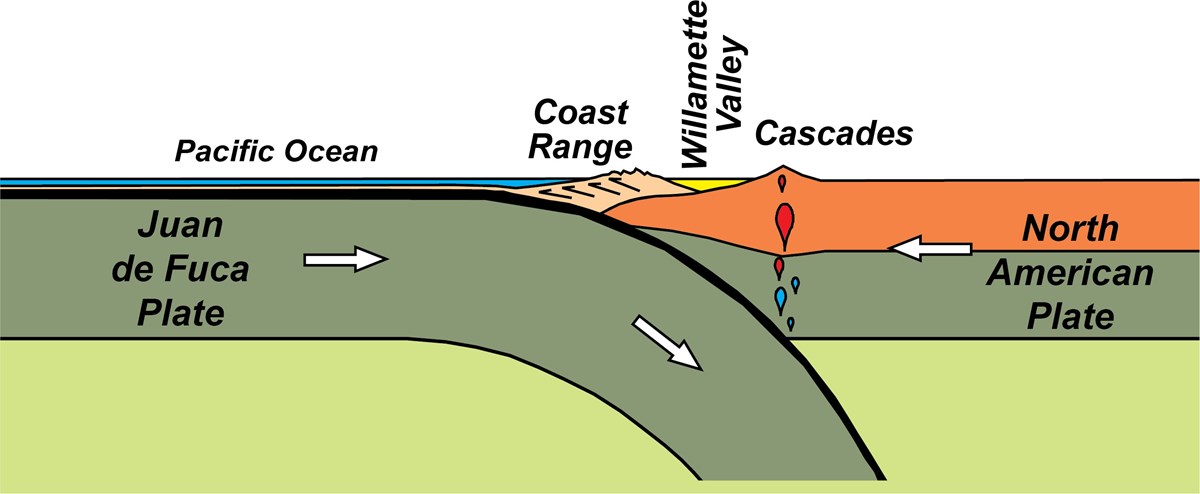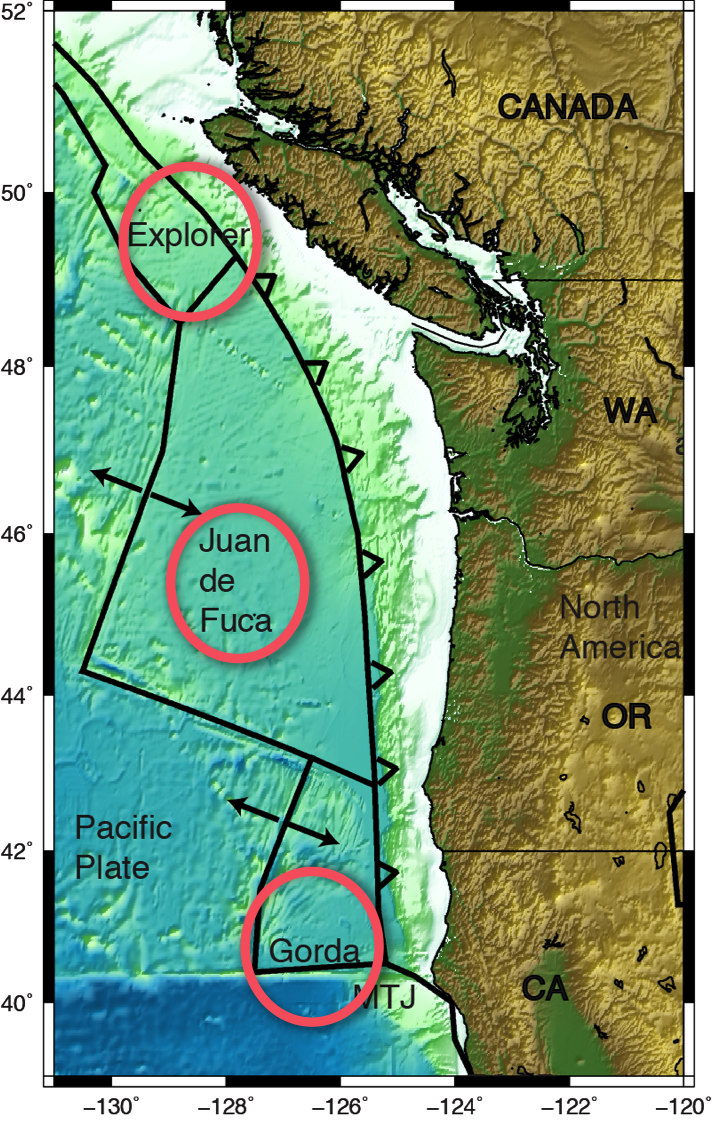The cascadia subduction zone is where two plates the north american continental plate and the juan de fuca oceanic plate meet.
Sea floor feature cascadia subduction zone.
The probable explanation lies in the rate of convergence between the juan de fuca and north american.
Subduction exists around the pacific rim and other parts of the globe.
It s that fault line that could produce the big one scientists are submitting a proposal to add new.
It happens because the ocean floor is made up of crustal plates.
The cascadia fault is what is known as a subduction zone.
This fault zone is where the juan de fuca plate meets the north american plate and it stretches approximately 700 miles from northern vancouver island all the way down to northern california.
4 25 and deep zone of stable sliding extending beneath the volcanic arc.
I guess i m on a plate tectonics kick the last few sea floor sundays have shown bathymetric sea floor topography images at a scale where big.
The pacific northwest is an exciting place to observe geologic processes in action.
There are some unusual features at the cascade subduction zone where the juan de fuca plate sinks beneath the north american plate there is no deep trench seismicity earthquakes is less than expected and there is evidence of a decline in volcanic activity over the past few million years.
Horning a geologist for over 30 years and a seaside city councilor believes that day will come when the cascadia subduction zone a fault about 70 miles offshore ruptures in a catastrophic.
National park service sites in the coastal ranges of washington oregon and northern california contain rugged mountains of rocks that were manufactured in the ocean then scraped off the plate and lifted out of the sea.
The cascadia subduction zone lies offshore of the pacific northwest and northern california.
The san andreas fault in southern california gets more headlines but the cascadia subduction zone is a much larger threat by far.




























